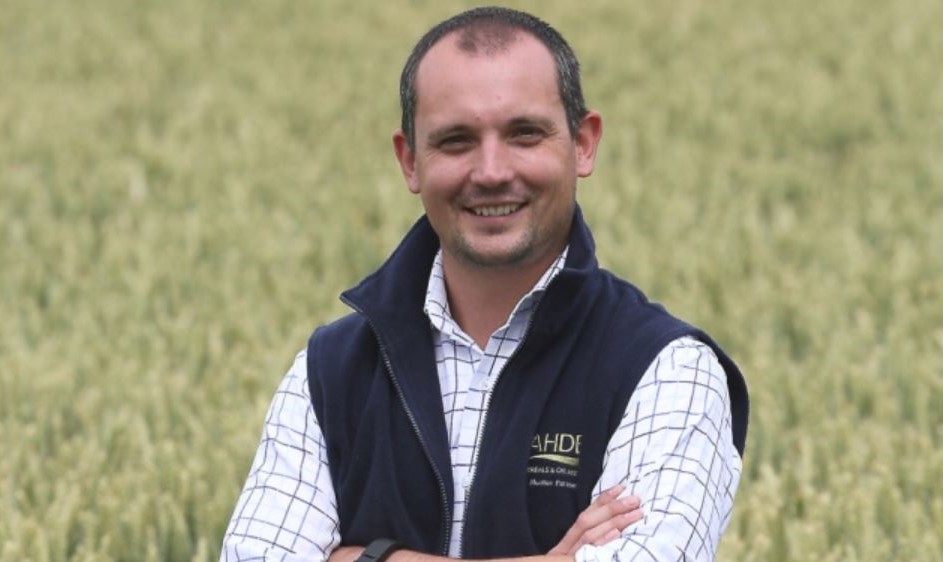With ever-increasing pressure for farmers to find ways to cut costs, Strategic Monitor Farm East will start to look at managed lower inputs during the next 12 months.
Over the last few years, cereals grower Brian Barker has been using a traffic light system of low, medium and high inputs depending on the potential of each field.
Brian farms at EJ Barker & Sons is a family farm partnership and contracting business in Suffolk which dates back to 1957.
The 513ha arable farm business uses a traditional 12-year rotation, incorporating winter wheat for feed, herbage grass seed and break crops of spring barley, beans, oilseed rape and linseed.
Working together with the Agriculture and Horticulture Development Board (AHDB) Cereals & Oilseeds, Brian will test out his theory in a giant matrix covering different wheat varieties and three different input levels, all compared against an untreated half-tramline.
Varieties to be tested include KWS Silverstone, KWS Santiago, KWS Siskin, Graham and Shabras.
Brian will then use disease monitoring and yield mapping to compare any responses to the different levels of investment.
Paul Gosling, AHDB crop protection scientist, said: “In the last few years, plant breeders have been producing varieties with good resistance and little or no yield penalty.
This opens the possibility of reducing fungicide inputs, but the question is how far can you cut without losing yield to disease – and do these varieties respond strongly to fungicides due to greening or other physiological effects?
The wheat will be direct drilled at the end of September, following linseed.
Teresa Meadows, AHDB knowledge exchange manager, said: “The aim of this demonstration is to explore how fungicide investment can be varied according to variety and the season, helping us to understand how we can be flexible to match the crop’s progress in-season.”
Other demonstrations at the Strategic Farm will build on baselining work carried out during the first year of the project:
- Cover crops and crop establishment demonstration, to further investigate nitrate leaching;
- Boosting early crop biomass demonstration.
Developments at the Strategic Farm will be shared throughout the year through blogs, articles and videos.
The vision of the Strategic Farm East is to understand the farmed environment and develop a long-term strategy to increase productivity and produce a high-quality end product without having a negative effect on the farmed environment.
The project will bridge the gap between research and practical farming and provide a programme of demonstrations, subject to full net-margin cost-benefit analysis, which is relevant to the current situation facing UK farming.

